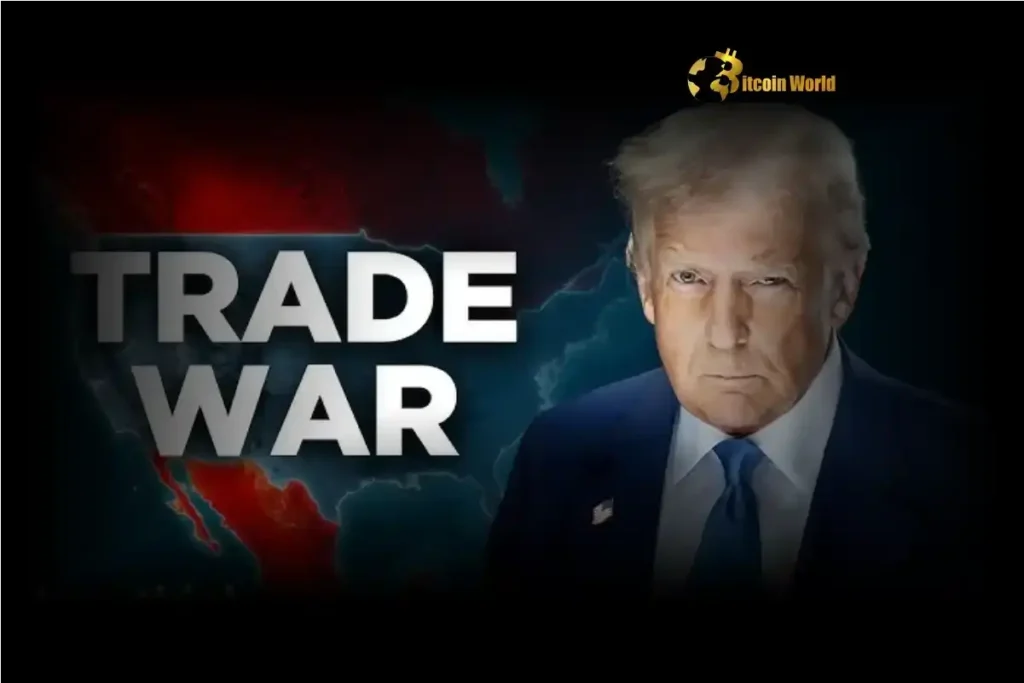WASHINGTON, April 3 – The U.S. has introduced Global Trade Import Tariffs, marking the most extensive trade policy shift in decades. President Donald Trump announced that these tariffs will affect over 180 countries, reshaping Global Trade and international commerce.
Speaking from the White House Rose Garden, Trump labeled these tariffs as “discounted reciprocal” rates, arguing that while they might seem high, they remain lower than the levies other nations impose on U.S. exports.
New U.S. Import Tariffs: Key Details and Baseline Rates
Countries not specifically listed will be subject to a baseline tariff of 10% on all imports into the United States. The administration emphasized that these Import Tariffs consider factors like currency manipulation and trade barriers, though independent verification remains pending.
Top Countries Affected by U.S. Reciprocal Tariffs
According to Forbes, the following key reciprocal tariffs have been outlined:
- China: 34% (charges U.S. 67%) – Total U.S. tariff on China now 54%.
- European Union: 20% (charges U.S. 39%).
- Vietnam: 46% (charges U.S. 90%).
- Japan: 24% (charges U.S. 46%).
- India: 26% (charges U.S. 52%).
- South Korea: 25% (charges U.S. 50%).
- Thailand: 36% (charges U.S. 72%).
- Switzerland: 31% (charges U.S. 61%).
- Cambodia: 49% (charges U.S. 97%).
- Pakistan: 29% (charges U.S. 58%).
- Sri Lanka: 44% (charges U.S. 88%).
- Bangladesh: 37% (charges U.S. 74%).
- Mexico: 22% (charges U.S. 44%).
- United Kingdom: 10% (charges U.S. 10%).
- Brazil: 10% (charges U.S. 10%).
Economic Impact of Global Trade Import Tariffs
These new Reciprocal Tariffs are expected to have significant consequences on Global Trade. Experts suggest that they may lead to price increases for U.S. consumers and disrupt supply chains, potentially igniting trade tensions worldwide.
Many economists argue that while the Import Tariffs aim to balance trade disparities, they could also provoke retaliatory actions from affected countries, thereby influencing diplomatic relations and international trade agreements.
What’s Next for Global Trade?
The White House has stated that a detailed breakdown of the affected countries and tariff structures is available in its official statement. Trade analysts and policymakers are closely monitoring market reactions as businesses adjust to these sweeping policy changes.
For businesses navigating the evolving landscape of Global Trade and Import Tariffs, Mediabites, the best media buying house in Lahore, provides strategic insights and advertising solutions to stay ahead in the market.


